The Canary Islands have the very lowest Covid-19 infection rates in all Spain, and are among the lowest across Europe by a country mile. The archipelago have, however, just reported their 20,000th case, detected since the coronavirus pandemic began back in the spring. In fact this weekend the accumulated total stands at 20,002, with 15,422 of those having already recovered from the infection. 319 people have died and 4,261 cases remain active across the islands, out of a population of more than 2.1 million. [You will find the latest official data here]
The Canary Islands autonomous region contains two provinces, Santa Cruz & Las Palmas, and the vast majority of cases have centred around our two capital cities on the main islands of Gran Canaria and Tenerife. While there have been a few reported cases, Gran Canaria’s southern tourist zone, in the municipalities of Mogán (Puerto Rico, Arguineguín etc) and San Bartolomé de Tirajana (Maspalomas, Playa del Inglés etc), have remained remarkably Covid-free, though Tenerife has not been quite so lucky with outbreaks reported across the island including the southern zones of Adeje and Arona. Nevertheless, the Canary Islands response has, thus far, been exemplary with each population working hard to ensure that outbreaks are contained and response measures observed punctually, helping to maintain the archipelago as a model of pandemic response and containment.
While the highest number of active cases, by provincial capital in the archipelago currently remains in Las Palmas de Gran Canaria (1,298), following a surge of new infections back in August and September, luckily the second wave was caught early, our other capital Santa Cruz de Tenerife (1,029) is not far behind; however Tenerife as a whole currently have the highest number of cases (2,601) compared with active cases remaining on Gran Canaria (1,524). The vast majority of people who have tested positive, and still active, are obliged to self isolate at home, from where the Canary Islands Health Service monitors their progress. Active cases on the other six Canary Islands are currently significantly lower, in order of magnitude, Fuerteventura (61), Lanzarote (58), La Palma (10), La Gomera (6), El Hierro (1) and La Graciosa (0).
 The all important infection rate, cases per hundred thousand population, over the previous 14 days, one of the main criteria on which the Europe-wide ECDC “traffic light” system is based, continues to show very favourable progression throughout The Canary Islands, standing at an overall 78 cases per 100,000 population, significantly less than the >485/100k for Spain as whole, the >490/100k currently recorded in the UK or the >800/100k being seen right now in Italy. Europe-wide the average stands at more than 600 infections per 100,000 population (ECDC data to Nov 15), so the Canary Islands have a lot to be proud of, and indeed to protect as the only tourist destination in Europe that is open for business and with appropriate protocols in place to help ensure visitor safety.
The all important infection rate, cases per hundred thousand population, over the previous 14 days, one of the main criteria on which the Europe-wide ECDC “traffic light” system is based, continues to show very favourable progression throughout The Canary Islands, standing at an overall 78 cases per 100,000 population, significantly less than the >485/100k for Spain as whole, the >490/100k currently recorded in the UK or the >800/100k being seen right now in Italy. Europe-wide the average stands at more than 600 infections per 100,000 population (ECDC data to Nov 15), so the Canary Islands have a lot to be proud of, and indeed to protect as the only tourist destination in Europe that is open for business and with appropriate protocols in place to help ensure visitor safety.
In fact, all islands have done an outstanding job at stabilising their rates of new infections, with every island, except Tenerife, now trending at less than 60 new cases per 100,000, which is to say the magic number between a population judged to be “of concern” or “serious concern” by the ECDC standards, which has of course had an effect on our regional data. Still significantly below the rest of Spain (and indeed less than a quarter of the European average) Tenerife, today, stands at just over 128/110k, having struggled a little more than the rest of the Archipelago, whose current data is something of which we can all be proud.
Cases per hundred thousand
The latest coronavirus new infection rates, per hundred thousand population, over the last 14 days (at time of writing), stand as follows:
 Tenerife 128.9, Fuerteventura 53, Lanzarote (including La Graciosa) 43.3, Gran Canaria 40.5, La Gomera 37.2, El Hierro 18.2 and La Palma 15.7
Tenerife 128.9, Fuerteventura 53, Lanzarote (including La Graciosa) 43.3, Gran Canaria 40.5, La Gomera 37.2, El Hierro 18.2 and La Palma 15.7
This makes The Canary Islands one of the safest places in Europe right now, along with Greenland, and most certainly one of the safest mass tourist destinations on the planet.
The price has been high, however, with the loss of 75% of our total tourism, in part at least due to various restrictions on travel far beyond our control, and tens of thousands of people unable to work, accounting for more than 35% of GDP, 40% of jobs, which in turn supports more than 60% of the population. As the coronavirus saga drags on, so more and more businesses are likely to go to the wall, and so it is of the gravest importance the islands find their way forward and capitalise on having kept this pandemic at bay. Solutions conscious as ever people of these islands seek only to do what it is they do best, and that is take care of our visitors in the best ways we know how, in the knowledge that few, if any, places in the world can offer the same level of safety, security and outstanding beauty as Europe’s only sub-tropical sunshine destination.

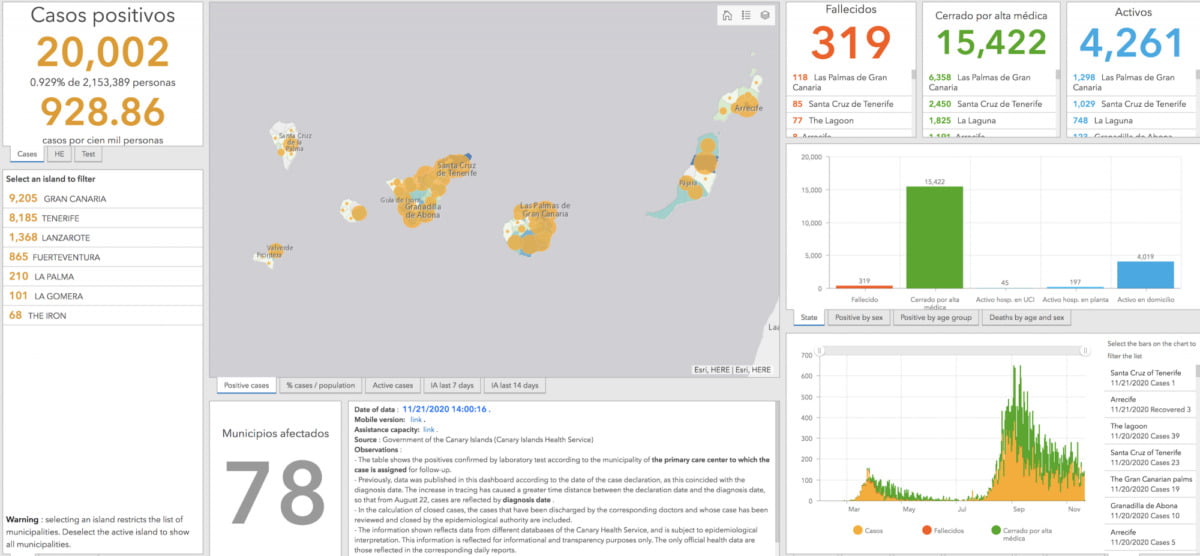





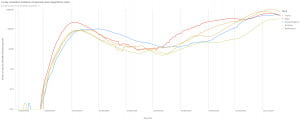
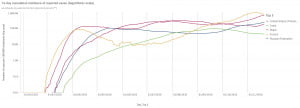
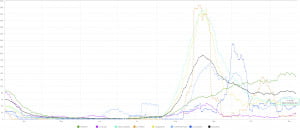
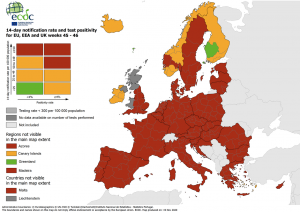


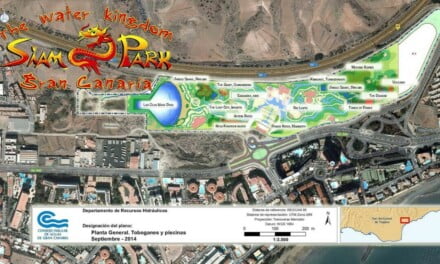

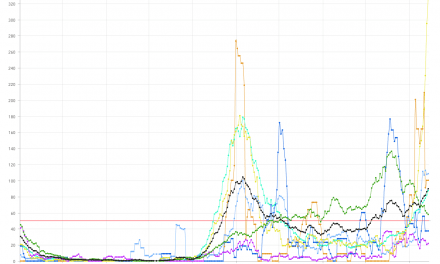



Do babies and children under 12 have to have the covid test to enter Tenerife?
If a resident of Tenerife comes to England for Christmas do they have to have a test to return to Tenerife?
Yes. While the country or territory you fly from is listed as High Risk then you, and all children, need a negative PCR test to enter Spain